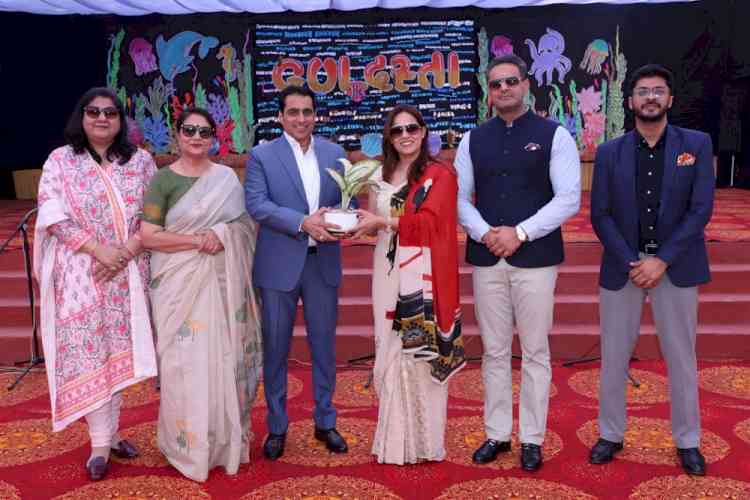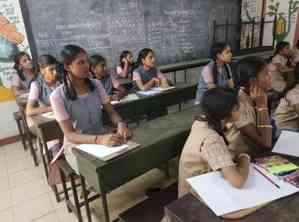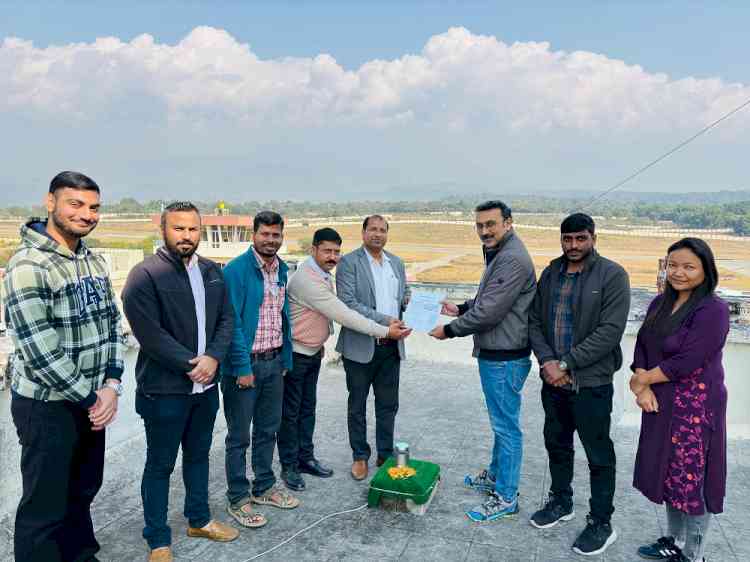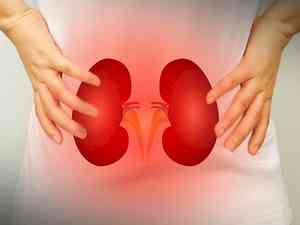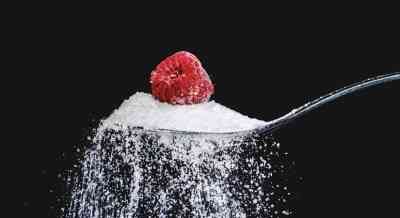Nauni varsity issues advisory for apple foliar disease management
The Department of Plant Pathology, Dr. YS Parmar University of Horticulture and Forestry Nauni, Solan-Himachal Pradesh has issued an advisory to apple farmers to effectively manage the apple foliar diseases reported from some areas of the state.

The Department of Plant Pathology, Dr. YS Parmar University of Horticulture and Forestry Nauni, Solan-Himachal Pradesh has issued an advisory to apple farmers to effectively manage the apple foliar diseases reported from some areas of the state.
Three teams of the scientists from, UHF, Nauni, KVK Shimla, and KVK Kandaghat conducted field visits to various apple orchards in Chopal (Deha, Chambi, Khagna -Roo,Mandal, Deiya, Bhanal, Kiyar); Rohru (Sheikhal, Dhara, Kamoli, Samoli, Karalash, Kharla, Kadiyon) and Kotkhai (Bhadaich, Matlu, Bagi, Sheglta, Ratnari, Panog, Badeiyon, Jashla, Deyorighat); Jubbal (Nandpur, Ruyildhar, Kathasu, Batargalu). The primary objective was to assess the prevalence of Alternaria leaf spot/ blight and other leaf spot diseases, and to conduct awareness camps for farmers, and provide guidance on effective management strategies. Visual assessments of plant health, leaf symptom identification, and disease severity estimation were carried out. Additionally, awareness camps were organized in Kotkhai, Jubbal and Deha to disseminate information on disease management practices.
Prevalence and Severity of Alternaria leaf spot/ blight and Other Leaf Spots.
Alternaria and other fungal species were identified as the primary causal agent of these leaf spot/ blight disease based on observed symptoms and microscopic observations. The disease exhibited a widespread distribution, recording variable levels of average disease severity in different orchards of the district viz, in Kotkhai- 0- 30%, Jubbal- 0-20%, Rohru- 0-20%, Chirgaon- 0-15%, Theog-0-10%, Chopal-0-4 %, however, the farmers following proper need based sprays of pesticides as per spray schedule depicted minimum disease severity. The university has also deputed four new teams to visit other apple growing belts of the state and assess the severity of the disease/ pests.
Factors Contributing to Disease Severity
Several factors were identified as contributing to the severity of leaf spot disease:
Adverse Climatic Conditions: The combination of less rain (November, 2023 to July 2024) and intermittent rainfall in June 2024 created an environment conducive to disease development.
Pest Infestations: High mite populations contributed to overall tree stress, exacerbating leaf spot disease development.
Imbalances in Crop Management: non-judicious use of chemical sprays, including the mixing of nutrients, insecticides, and fungicides, led to phytotoxicity and weakened plant health, increasing susceptibility to disease.
Pre-existing Plant Stress: Underlying conditions such as root rot, collar rot, and canker weaken tree vigour, making them more susceptible to leaf spot infections.
The university recommends spray of fungicides as the recommended spray schedule given by the Directorate of Horticulture and the University in the apple orchards where these diseases are prevailing. Additionally, farmers should continuously monitor the status of these leaf spots/blights and need based application of fungicides should be done as per the recommendations in the spray schedule.
On the basis of observations of diseases during these visits the following advisory is issued to the farmers:
· Enhance air circulation through proper pruning, remove weeds/ grasses and infected plant debris from the orchard floor and manage soil moisture levels to reduce disease pressure/stress.
· Appropriate fertilization to promote overall plant health and disease resistance.
· Fungicides/insecticides should be used judiciously, adhering to recommended dosages and spray intervals. Rotation of fungicides/insecticides is essential to prevent resistance development. Strictly avoid any unapproved mixing of recommended fungicides with insecticides or nutrients. Repeated spray of any insecticide or fungicide should be avoided.
· Investigate and implement alternative or complementary management strategies, such as regenerative farming/ natural farming practices, to improve soil health, moisture retention, disease/ insect pest and weed control.
· Consistent orchard surveillance enables early disease detection and timely interventions.
· Effective management of root rot, collar rot, and canker is essential for overall tree health and disease resistance.
· For the management of Alternaria leaf spot/blight and other leaf spots, the farmers are advised to spray, if the need be of mancozeb (600gm / 200L of water) as the protectant. But where these spots / blights are severe, the farmers are advised to spray alternatively the formulations consisting of, hexaconazole 4% + zineb 68% WP (500gm / 200L of water) or carbendazim 25% + flusilazole 12.5% SC (160ml/200L of water) at 10-12 days interval in the infected orchards.
For management of mite-if needed the farmers are advised to spray Fenazaquin @ 50 ml per 200 litre or Propargite @ 200 ml per 200 litre water. In case, if the above-mentioned miticides have already been used as spray, the application of Propargite 42% + Hexythiazox 2% EC @ 200 ml or Cyenopyrafen 30%SC 50 ml per 200 litre of water can be used. It is advised not to repeat the same miticides again and again.


 City Air News
City Air News 
